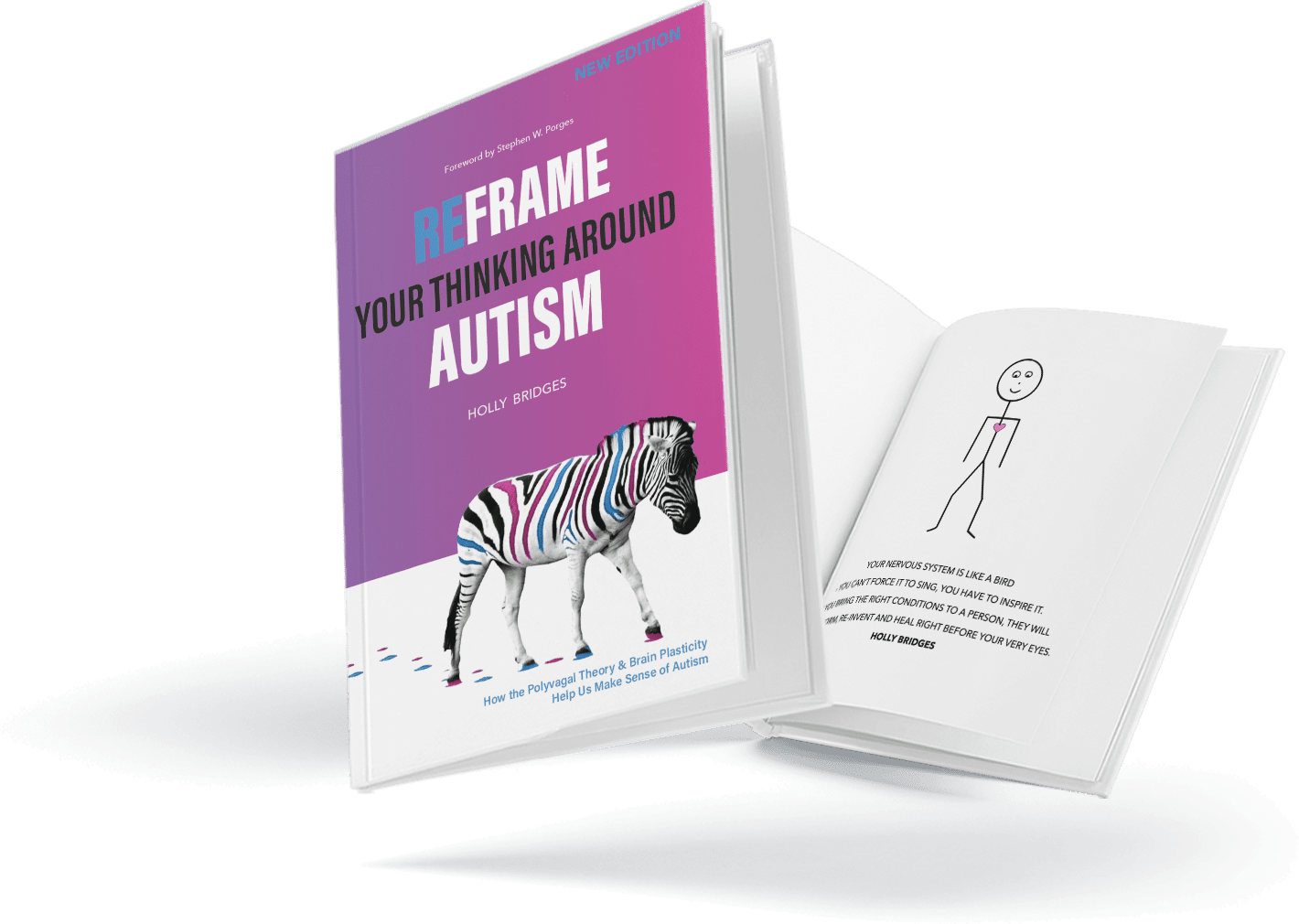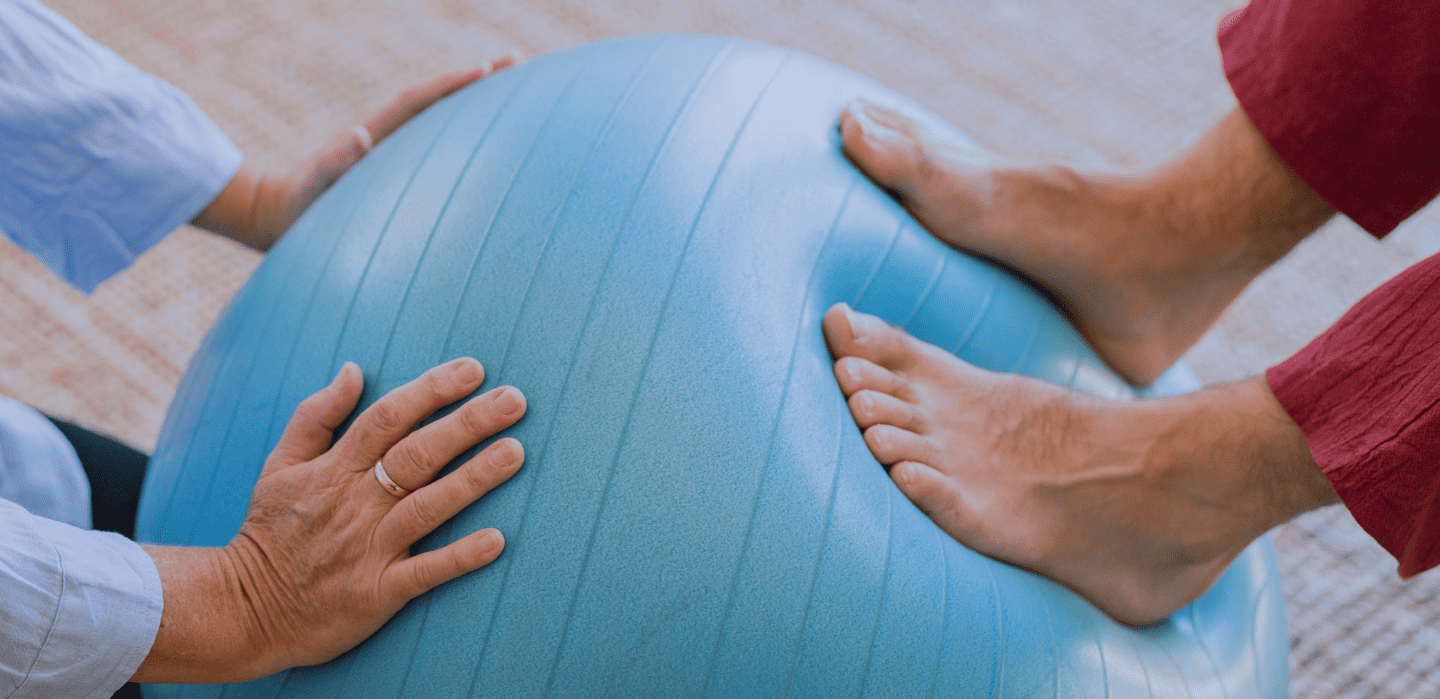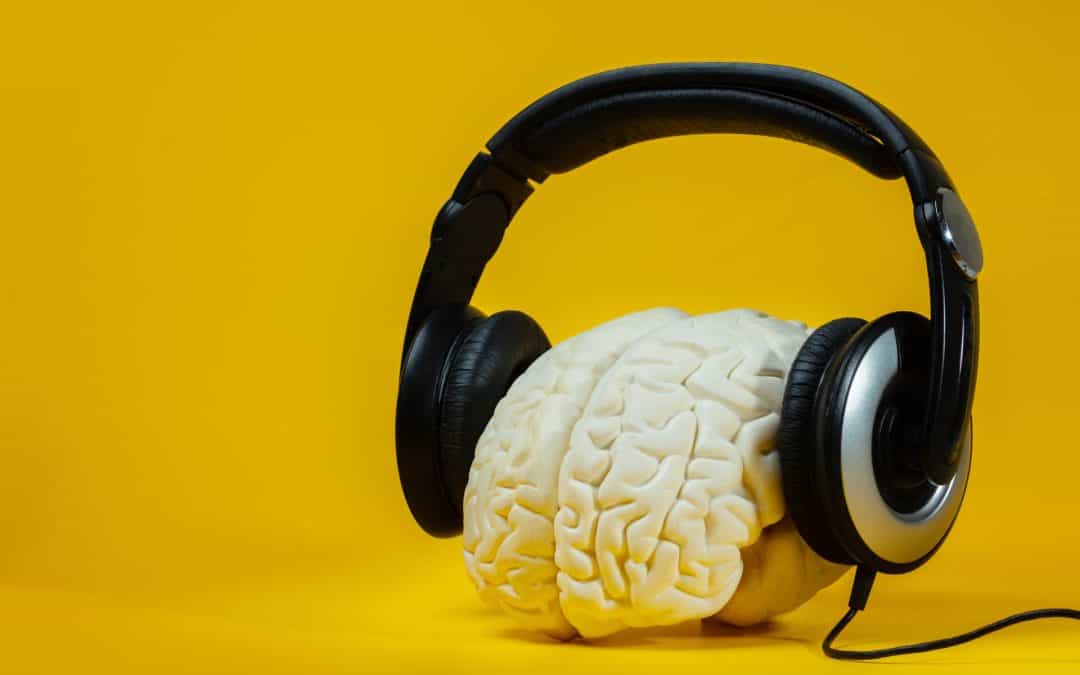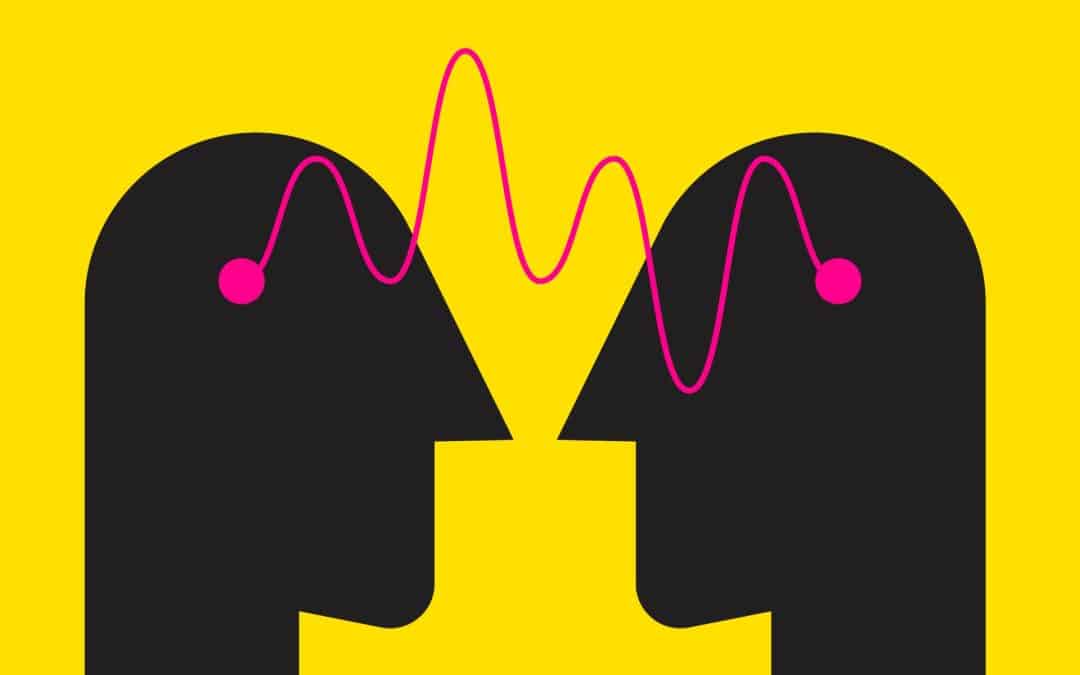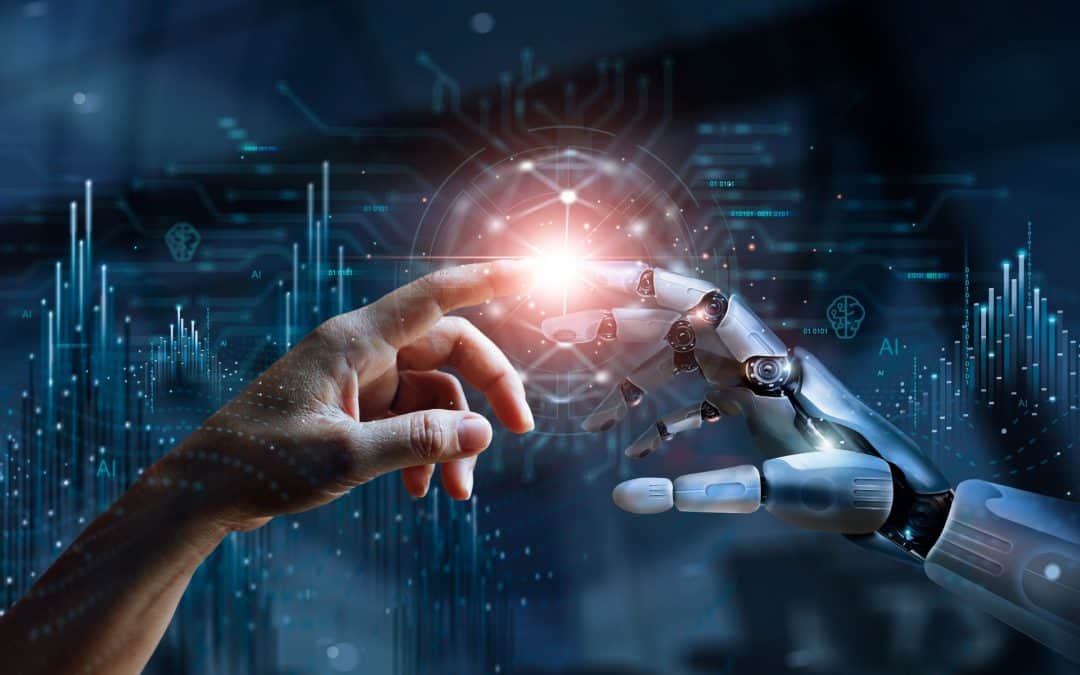by Holly Bridges
A study published in the ‘Autism’ journal, looked at differences between neurotypical and autistic populations in bodily self-consciousness and multisensory processing. They measured Peripersonal Space (PPS) and tested responses to the The Rubber Hand Illusion (RHI), where a person feels that a rubber hand is part of their own body. Participants wore a virtual headset showing a view of their ‘virtual body’ and had to identify when they felt stroking in their virtual body vs their actual body.
Results were surprising. The neurotypical cohort had a greater tendency to self-identify with the virtual body and to localise themselves more towards the simulation. They tended to have less identification with their actual bodily self, and tended to ‘blend’ into the simulation to determine reality. Their bodily self identification was much more fluid than the autistic group. The autistic participants had far less susceptibility to the Full Body Illusion and their self-identification did not appear to be as flexible. They were not fooled by the illusion.
Where the authors of the study used language to denote autistic differences as ‘altered’ and ‘atypical’ and future research to focus on ‘tweaking’ peripersonal space so that autistics can be more able to blend and be ‘normal’, it is kind of interesting to look at what is going on for the autistic population and to see what the benefits to a different processing paradigm might be.
Peripersonal Space (PPS) is the perceived area around the body that enables interaction with the external environment. It helps us accurately represent our location, understand ourselves and others and to monitor threats. PPS requires an integration of multisensory stimuli (visual, auditory, tactile, interoceptive, and proprioceptive stimuli) and it shapes our perception of reality, and our responsiveness. PPS allows us to have awareness of self and it plays a role in social interactions and empathy by blending our personal space with another’s. Where we have generally understood that differentiation between self and other underlies the development of social interaction, this study seems to be suggesting that social interaction requires a melding of PPS, a blending of realities.
The autistics in this study had a smaller peripersonal space and were seen as less flexible in adapting to social situations, they did not (could not?) blend their personal space to the same extent. Their system did not submit. Their perceptual system remained aware of their separateness, they maintained themselves as distinct.
Is this perhaps the neurophysical underpinning of autistic masking? Is masking where the autistic has to pretend to blend with another in order to have a shared reality? Is masking so exhausting because it feels so foreign to assume a blended role that is not supported by your neurophysiology?
Is this why social masking is so tiring?
It is true that everybody masks. Everybody plays roles at work, assumes identities, creates scenarios and personas to engender and define a certain social reality. Reality is, in many ways, a shared game of perception. So, is this why autistics feel so left out? Is this why there is so much bullying of autistics in the workplace, because from a neurophysical standpoint, autistics cannot ‘play the game’ and the normal game is to subvert to a shared reality?
Is this why we call it autistic masking? Physiologically, where neuronormative people do not notice that they have de-identified and moved into a blended PPS for social communion; the autistic is highly aware. Their neurosensory system is not wired to easily give this up. It’s physiological. No wonder autistics feel isolated and inauthentic, the very fabric of the energetic reality that requires their participation, is physiologically unavailable to them.
While the authors of the study suggest orienting autistics toward a normal paradigm, perhaps instead there is just as much benefit in not ‘playing the game’? People who are not as easily swayed by the group are less malleable. They are more likely to speak up against injustice; they are more likely to spot inconsistencies in workflow and see how they can instigate change. They don’t get lost in the illusion. These are highly prized aspects of any forward thinking organisation.
Where we want to teach people to be more ‘normal’, can we perhaps teach normal people how to think and feel like an autistic? Can we teach them how to set themselves apart? How to think their own thoughts and define themselves from the crowd? To know who would they be if they gave their creativity more room to develop, if they thought about what they want to share and say and have strength to differentiate from the group? How might they grow? How might this change their neural perception of the Rubber Hand?
Our neurosensory system is influenced by a whole choreography of signals and impulses that allow us to perceive ourselves; the space around us and to interface with our environment. Our reality is shaped by our perceptions which in turn informs how we interpret the world. If we stop using words like ‘altered’ and ‘atypical’, perhaps we can find ways to benefit all of humanity? Yes, it is useful to live in a body that can easily down-regulate, that can soften into intimacy, that can soften into a shared space. Equally, it is vital for safety not to be lulled into a false security that leaves you unable to discern. Perhaps we can all become more aware of our neurosensory script; all learn to widen the capacity of our neurosensory system? If we can do that, we may begin to agree that one way is not best and start to design even more magical research!
*Autism 2019, Vol. 23(8) 2055–2067

